Grammar is the foundation of effective communication, yet it’s something many people struggle with. Even the most seasoned writers can fall prey to common grammatical pitfalls that can cloud their message. From mixing up ‘there’, ‘their’, and ‘they’re’ to confusing possessive and plural forms, these errors are not only frequent but often escape unnoticed.
Understanding these common mistakes can significantly enhance one’s writing clarity and impact. This article delves into ten prevalent grammatical errors that seem to trip up even the best of us. By recognizing and correcting these slip-ups, anyone can improve their communication skills dramatically.
1. Their vs. They’re vs. There

Mixing up ‘their’, ‘they’re’, and ‘there’ is a frequent mistake. ‘Their’ is possessive, indicating ownership. For example, ‘their house’. ‘They’re’ is a contraction for ‘they are’, as in ‘they’re going to the park’. ‘There’ refers to a place or position, like ‘over there’. Understanding these distinctions can avoid confusion. A helpful tip is to replace ‘they’re’ with ‘they are’ to see if it fits. If it doesn’t, you probably need ‘their’ or ‘there’. This small adjustment can make a big difference in clarity. Paying attention to context helps in choosing the right word.
2. Your vs. You’re
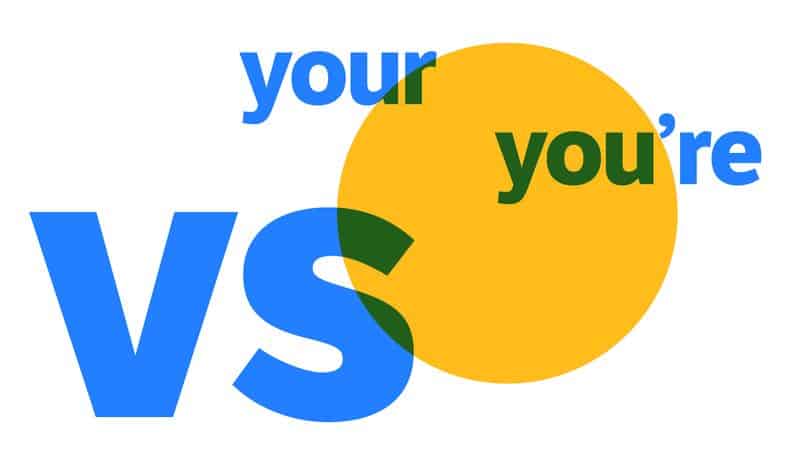
Confusing ‘your’ and ‘you’re’ is common. ‘Your’ is possessive, showing that something belongs to you, like ‘your book’. ‘You’re’ is the contraction for ‘you are’, as in ‘you’re late’. One trick is replacing ‘you’re’ with ‘you are’. If it fits, then it’s correct. Context clues can guide you. If you’re talking about ownership, ‘your’ is necessary. For describing actions or states of being, use ‘you’re’. Many mix these up in casual writing, but careful attention helps prevent errors. This distinction is crucial for clear communication.
3. Its vs. It’s
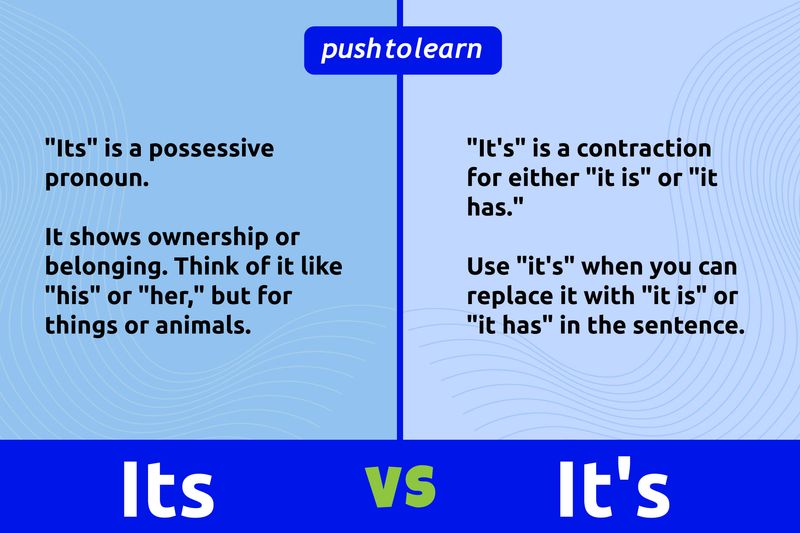
‘Its’ and ‘it’s’ are frequently confused. ‘Its’ is possessive, indicating something belongs to it, like ‘its color’. ‘It’s’ stands for ‘it is’ or ‘it has’, e.g., ‘it’s raining’. To choose correctly, try replacing ‘it’s’ with ‘it is’. If it works, then use ‘it’s’. If not, ‘its’ might be what you need. Grammar checkers often catch this mistake, but developing an understanding helps. These two words, though similar in appearance, have different roles in sentences. Correct usage ensures clarity.
4. Affect vs. Effect
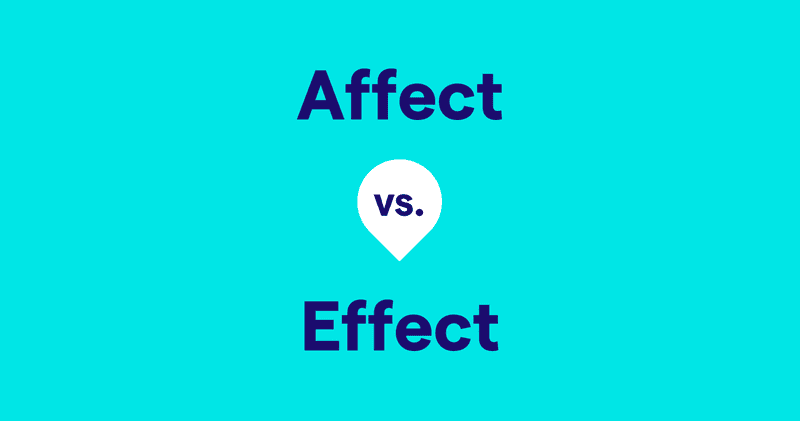
‘Affect’ and ‘effect’ often confuse people. ‘Affect’ is usually a verb, meaning to influence something, like ‘affect the outcome’. ‘Effect’ is typically a noun, referring to the result, as in ‘the effect was surprising’. Remember, ‘affect’ is an action, while ‘effect’ is an end result. Visualizing this can help retain the difference. In sentences, switching the words to see which fits can clarify their usage. Many people trip over these words, but understanding their roles can enhance your writing. Paying attention to sentence structure assists in making the correct choice.
5. Then vs. Than
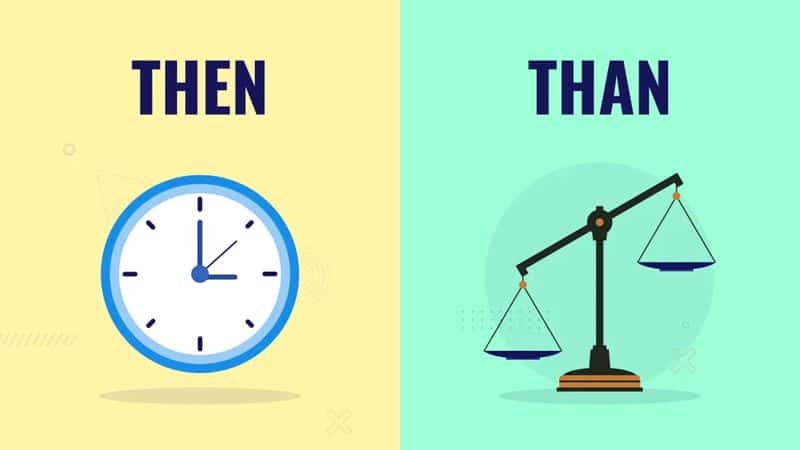
‘Then’ and ‘than’ are easy to mix up. ‘Then’ relates to time, as in ‘then we went home’. ‘Than’ is used for comparisons, like ‘taller than me’. A helpful strategy is thinking of ‘then’ as a sequence and ‘than’ as a comparison. If you’re describing a sequence of events, ‘then’ is your word. For comparing things, ‘than’ is appropriate. Misusing these words can alter meanings. Careful reading helps identify the correct choice. Checking the sentence context is a simple method to prevent mistakes. These small adjustments can significantly improve understanding.
6. To vs. Too vs. Two
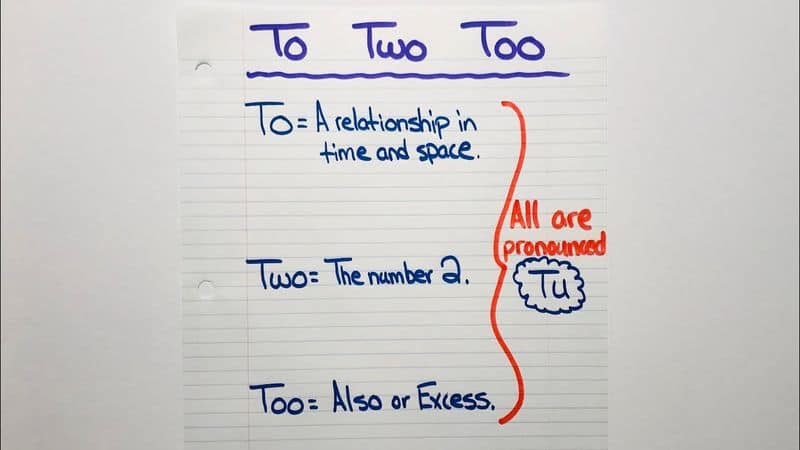
‘To’, ‘too’, and ‘two’ frequently cause confusion. ‘To’ is a preposition, indicating direction, like ‘going to the store’. ‘Too’ means also or excessively, such as ‘too much’. ‘Two’ is the number 2. One way to remember is ‘too’ has extra ‘o’s, suggesting excess or addition. ‘To’ often precedes verbs or places, while ‘two’ is numerical. Context helps decide which to use. Double-check sentences for clarity. These homophones sound alike but serve different functions. Understanding their roles can prevent mistakes. Simple checks ensure accuracy in writing.
7. Loose vs. Lose
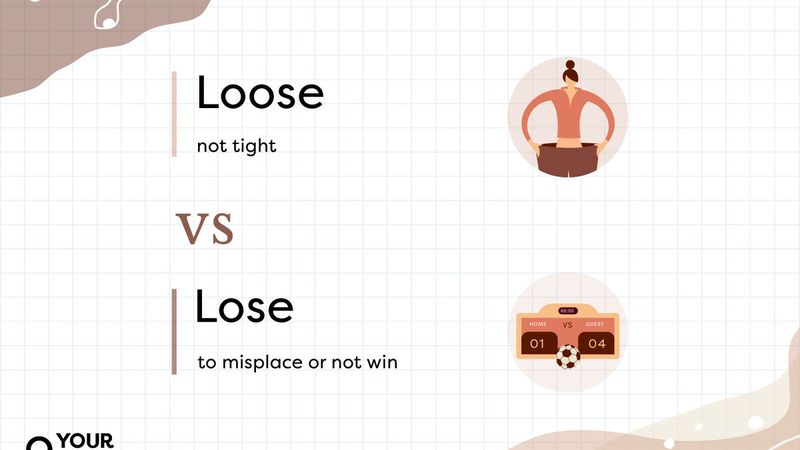
People often mix ‘loose’ and ‘lose’. ‘Loose’ is an adjective, meaning not tight or free, like ‘loose clothes’. ‘Lose’ is a verb, meaning to misplace or fail to win, as in ‘lose a game’. A trick is to remember ‘lose’ has lost an ‘o’. Understanding their usage is vital. ‘Loose’ describes something slack, while ‘lose’ is about loss. These words appear in different contexts, so sentence structure offers clues. Reading carefully aids in making the right choice. Awareness of these differences enhances writing precision.
8. Me vs. I

Choosing between ‘me’ and ‘I’ can be tricky. ‘I’ is a subject pronoun, used as the subject of a sentence, like ‘I went’. ‘Me’ is an object pronoun, used after a verb or preposition, as in ‘to me’. Test by removing other subjects. If ‘I’ or ‘me’ stands alone, the right choice becomes clearer. Many people make this mistake in everyday speech. Understanding the role each plays in a sentence is key. Correct usage improves clarity. Consistent practice and attention to sentence structure can help avoid this common error.
9. Farther vs. Further
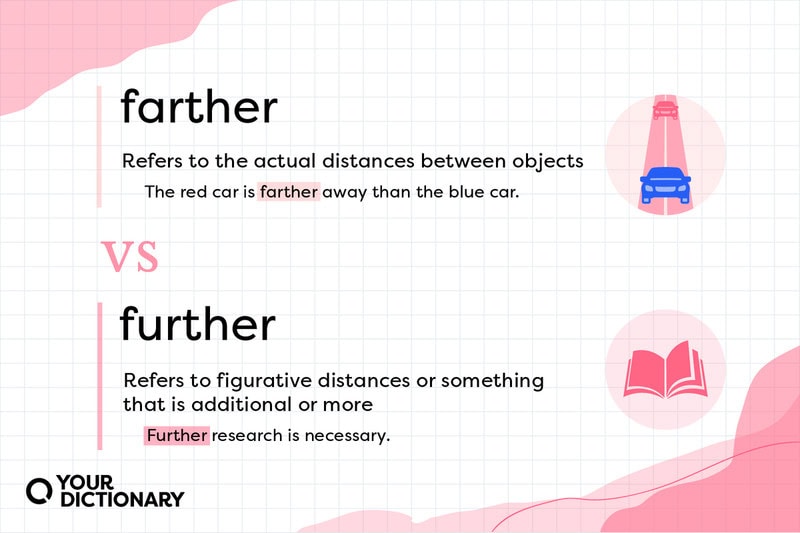
‘Farther’ and ‘further’ often confuse writers. ‘Farther’ refers to physical distance, like ‘farther down the road’. ‘Further’ is more abstract, indicating extent or degree, such as ‘further efforts’. Remembering that ‘farther’ has ‘far’ in it can help recall its meaning. For metaphorical or non-physical contexts, ‘further’ is suitable. Checking whether you’re talking about actual distance or figurative expansion aids in choosing. These distinctions are subtle but important. Being mindful of context can refine writing. Careful consideration of their meanings prevents misunderstanding.
10. Fewer vs. Less
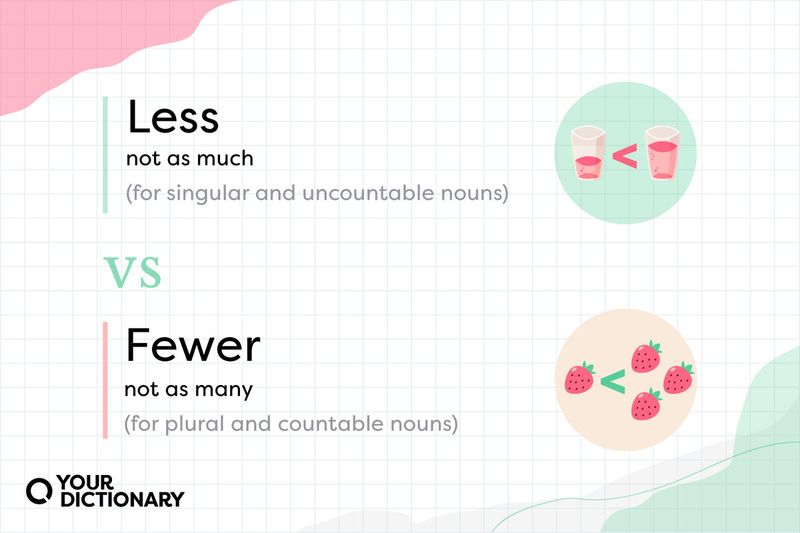
‘Fewer’ and ‘less’ are often confused. ‘Fewer’ is used with countable items, like ‘fewer apples’. ‘Less’ applies to uncountable quantities, as in ‘less sugar’. Remembering to use ‘fewer’ for things you can count assists in making the right choice. ‘Less’ fits when discussing things measured as a whole. Context usually provides a clue. Many people misuse these in everyday conversations. Paying attention to whether items are countable improves sentence accuracy. This distinction enhances clarity in communication. Employing this rule consistently is key to mastering grammar nuances.

Well, hello there!
My name is Jennifer. Besides being an orthodontist, I am a mother to 3 playful boys. In this motherhood journey, I can say I will never know everything. That’s why I always strive to read a lot, and that’s why I started writing about all the smithereens I came across so that you can have everything in one place! Enjoy and stay positive; you’ve got this!

